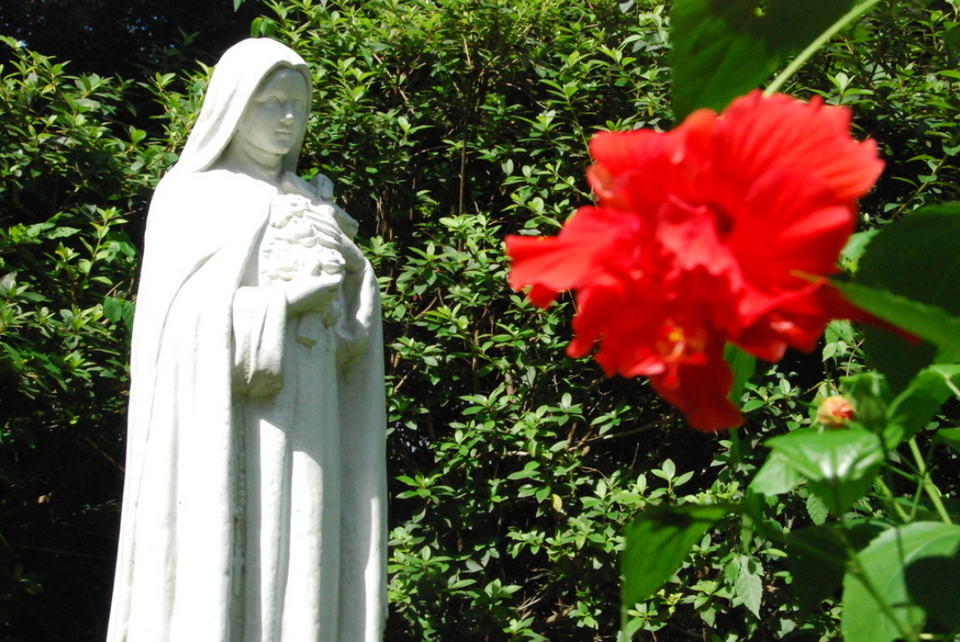Frequently Asked Questions

Why has the Church always valued the contemplative life so highly?
Religious life is modeled on the example of Christ, and it is Jesus Christ himself who has revealed the importance of prayer, as we read in the gospels. Just as the ministry of Jesus flowed from his intimate prayer with the Father, so the ministry and activity of the Church gain strength from the prayer of contemplative religious. Pope Paul VI expressed the relationship of contemplatives to the Church by saying that they “make up its heart, they multiply its spiritual wealth, they render its prayer sublime, they sustain its charity, the participate in its suffering, its fatigue, its apostolate, its hopes, they increase its merits.” And as Pope John Paul II said, contemplative nuns “are for the Church a reason for pride and a source of heavenly graces.”
What is the purpose of the cloister?
The cloister, which designates the area set apart for a contemplative community, is meant to provide an ideal environment for prayer and union with God. This “sacred space” is essential for the contemplative life, in which we desire to live for God alone, and to give ourselves to him without reserve. Those called to the cloistered life experience great peace and joy in living always with the Lord, and find that he truly fulfills our heart’s desires.
How often do you visit with your family?
Family members are able to come for a visit once a month. If this is not possible because of distance, they may come less often for a longer stay. Between visits, we communicate with our families by phone, letter, or email. The life of prayer serves to deepen our love and gratitude toward our families, and the bonds of love actually grow stronger because of this. Physical separation from our families is one of the sacrifices involved in the total self-gift of consecrated life, yet the Lord repays with countless blessings.
How large are Carmelite communities?
When St. Teresa of Jesus (Avila) reformed the Order of Carmel, her original intention was that her communities would be made up of no more than thirteen members, symbolizing the apostolic community and Jesus. She later allowed for more flexibility, however, it was always her desire to keep a family atmosphere. She realized from experience that when a community grows very large, it is more difficult to maintain an environment of prayer and recollection. A family-sized community also allows for its members to know one another well and truly become “Sisters”.
Are all Carmelite monasteries alike?
The international family of Discalced Carmelites is united in the spirit of our Holy Mother St. Teresa of Jesus. That which is essential to the life of contemplative prayer for the Church can be found in every community. However, because each monastery has its own particular story and is made up of unique individuals, there are differences. It is said that when God calls a young woman to Carmel, he is calling her to a particular community.
Was St. Therese of Lisieux (the Little Flower) a Discalced Carmelite?
Yes! St. Therese is perhaps the best-known and loved Saint of the Carmelite Order. All of our Sisters can somehow trace their vocation to St. Therese, and she continues to be model for each of us. She truly lived the Carmelite vocation in an exemplary way, and is a wonderful guide for those discerning their vocation in the Church.
Can someone with an outgoing personality be a contemplative?
It is a common mistake to assume that contemplatives must be shy and introverted. The truth is that living in community requires good social skills, and a joyful spirit is essential to this way of life. Even solitude and recollection are directed to relationship-an intimate relationship with the Lord.
If a person has a great desire to serve God’s people, does that mean they are not being called to the contemplative life?
Many contemplative religious first discerned the active life because of a longing to serve. However, when the Lord gives a person the grace to understand that prayer and love are the most powerful way to help others and serve the Church, the beauty of the contemplative vocation begins to reveal itself.